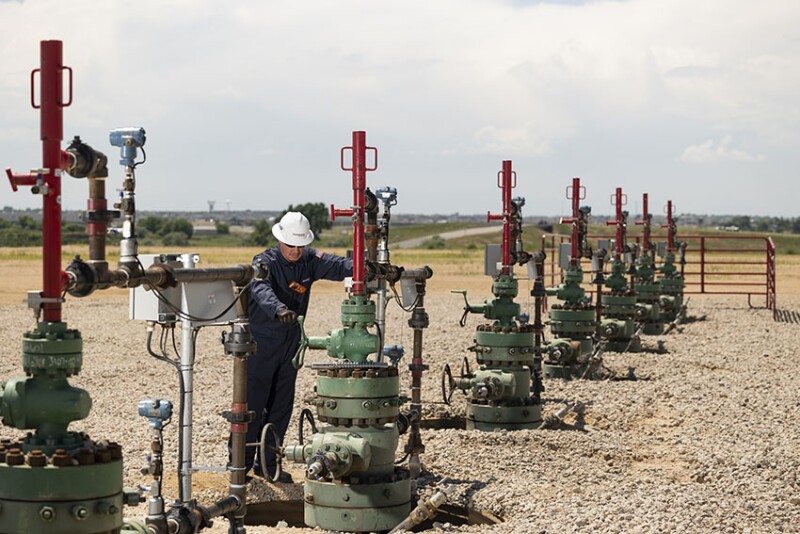From the Wolfcamp and Bone Spring in the Permian Basin to the Niobrara and Codell in the Denver-Julesburg Basin, lateral lengths of 10,000 ft or greater are becoming the norm in tight-oil resource plays (Rassenfoss 2022; Addison, 2021; S&P 2021).
From a production standpoint, longer laterals equate to greater stimulated rock volume per wellbore. That means higher flow rates, but it can also introduce more dynamic behavior and steeper production declines. The extended-well trajectories are often accompanied by high dogleg severities, high gas/oil ratios (GORs), and sand and solids production (Whitfield 2023; S&P 2021).
Efficiently accommodating all of these factors while cost-effectively managing natural declines over time can be a challenge for any single artificial lift method. However, the combination of gas lift and plunger lift technology gives operators a flexible option to optimize production beginning with initial peak flow rates at the start of production and extending all the way through to depletion.
This “full life cycle” approach encompasses three distinct phases that collectively span the entire slope of the tight-oil well decline curve:
- Gas lift in early to mid-life (from first production to ±300 B/D)
- Plunger-assisted gas lift (PAGL) in the mid- to late-life plateau (from ±300 to ±100 B/D)
- Plunger lift in late life (from ±100 B/D to last oil)
An artificial lift approach leveraging gas lift, PAGL, and plunger lift at different points along the production timeline aggregately brings the key advantages of all three to bear in horizontal tight-oil wells, including
- Gas lift’s ability to mimic natural reservoir flow, lifting fluids to surface by reducing the flowing tubing pressure and creating differential pressure between the reservoir and wellbore.

